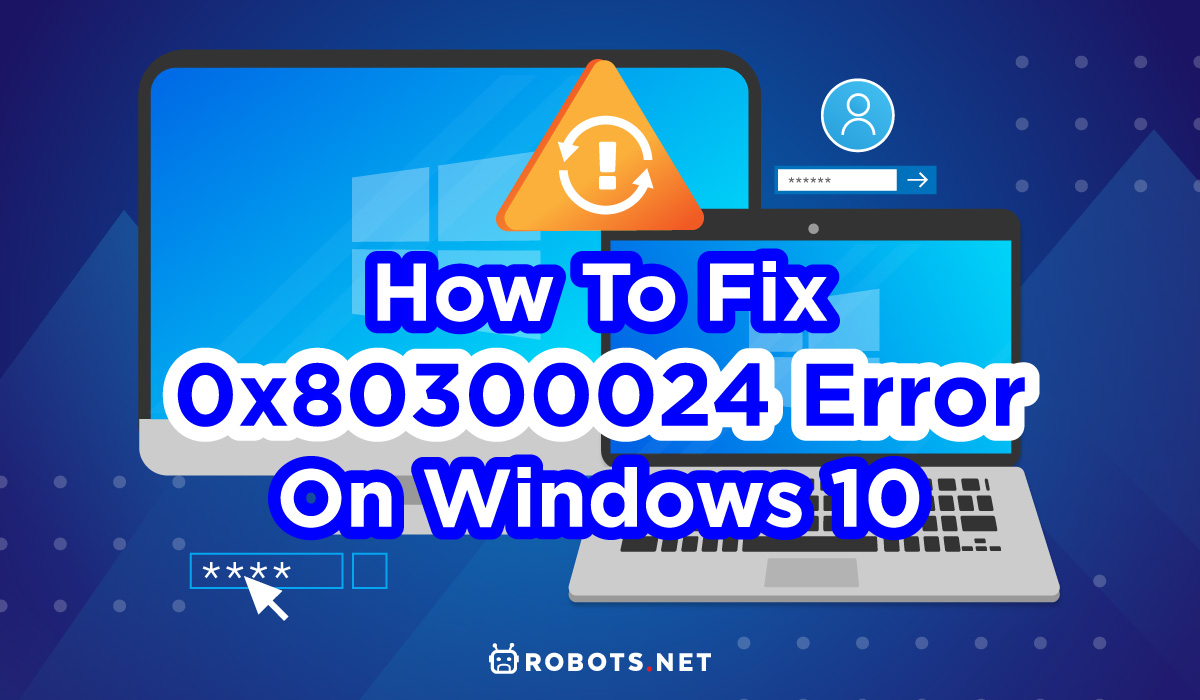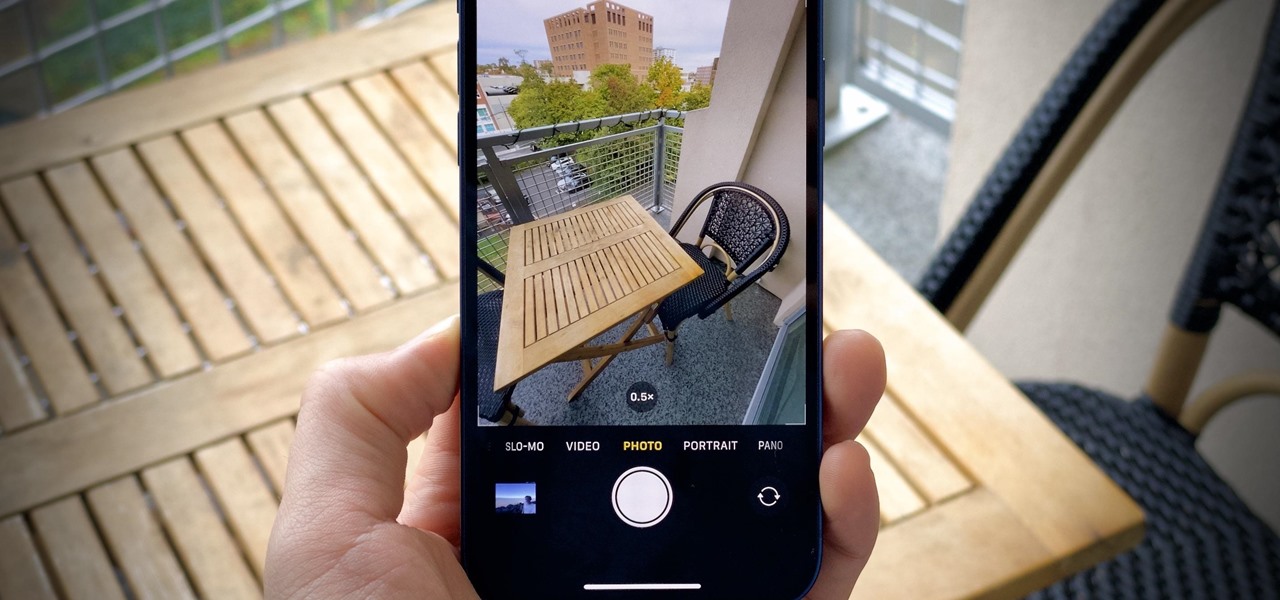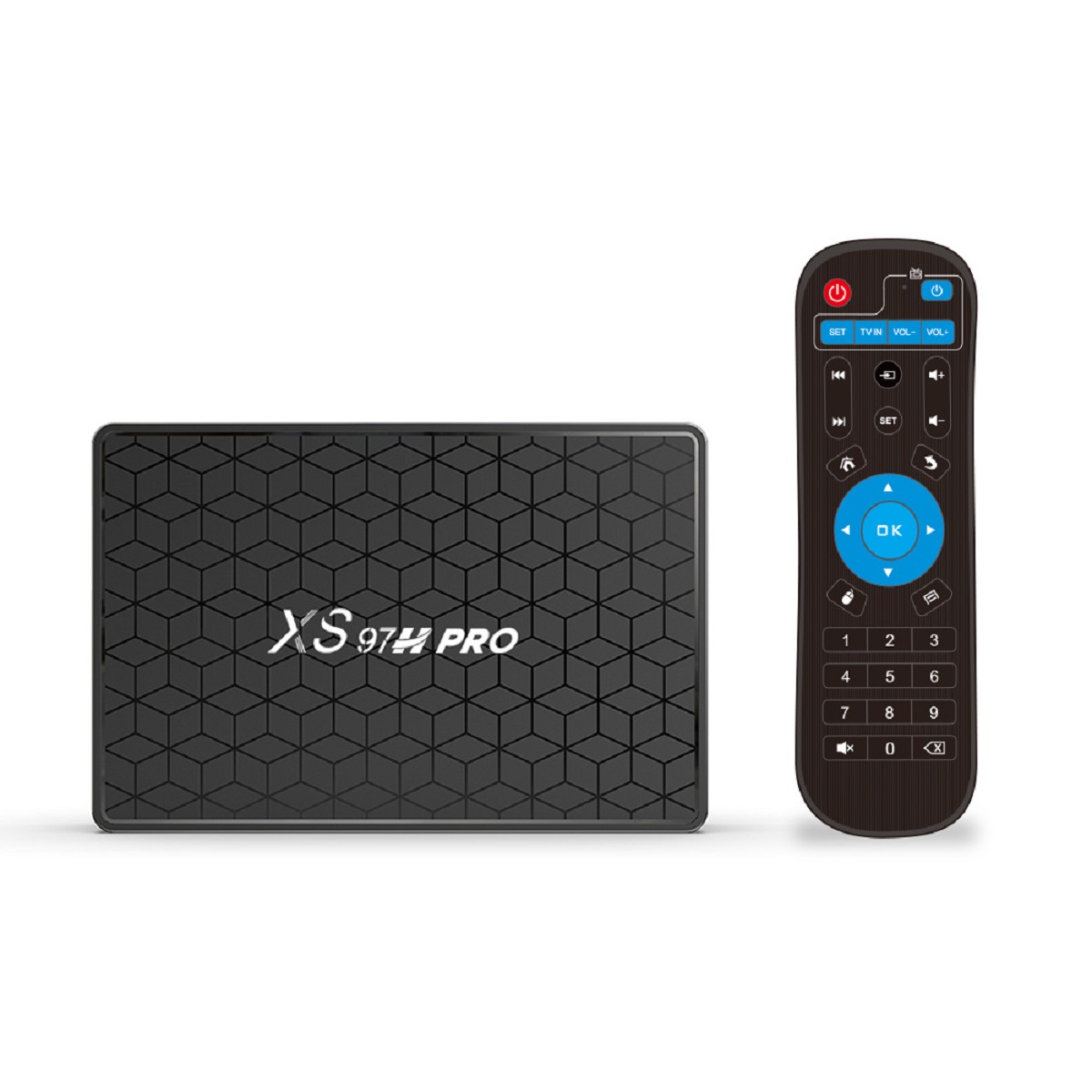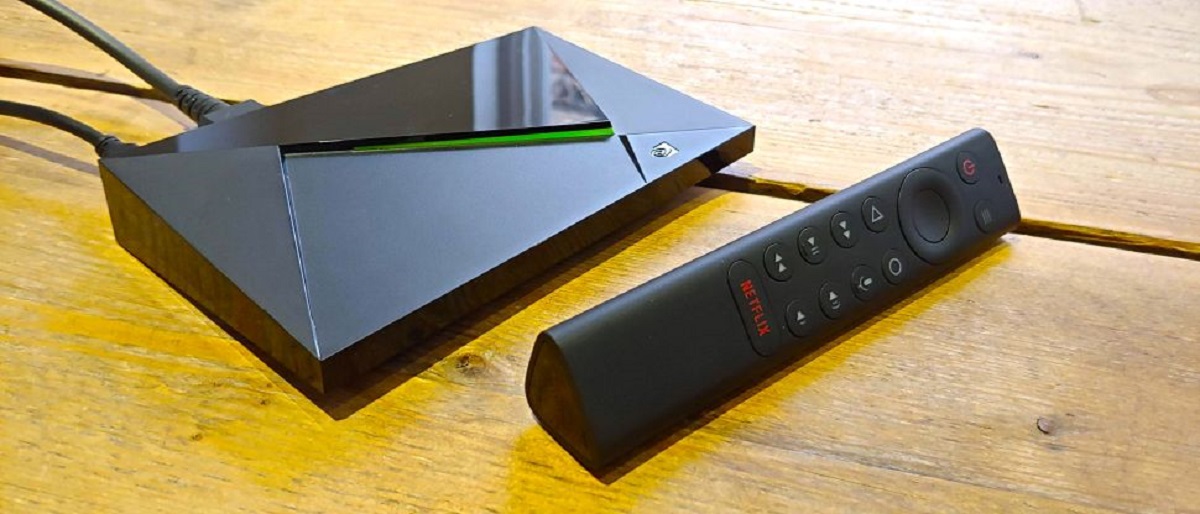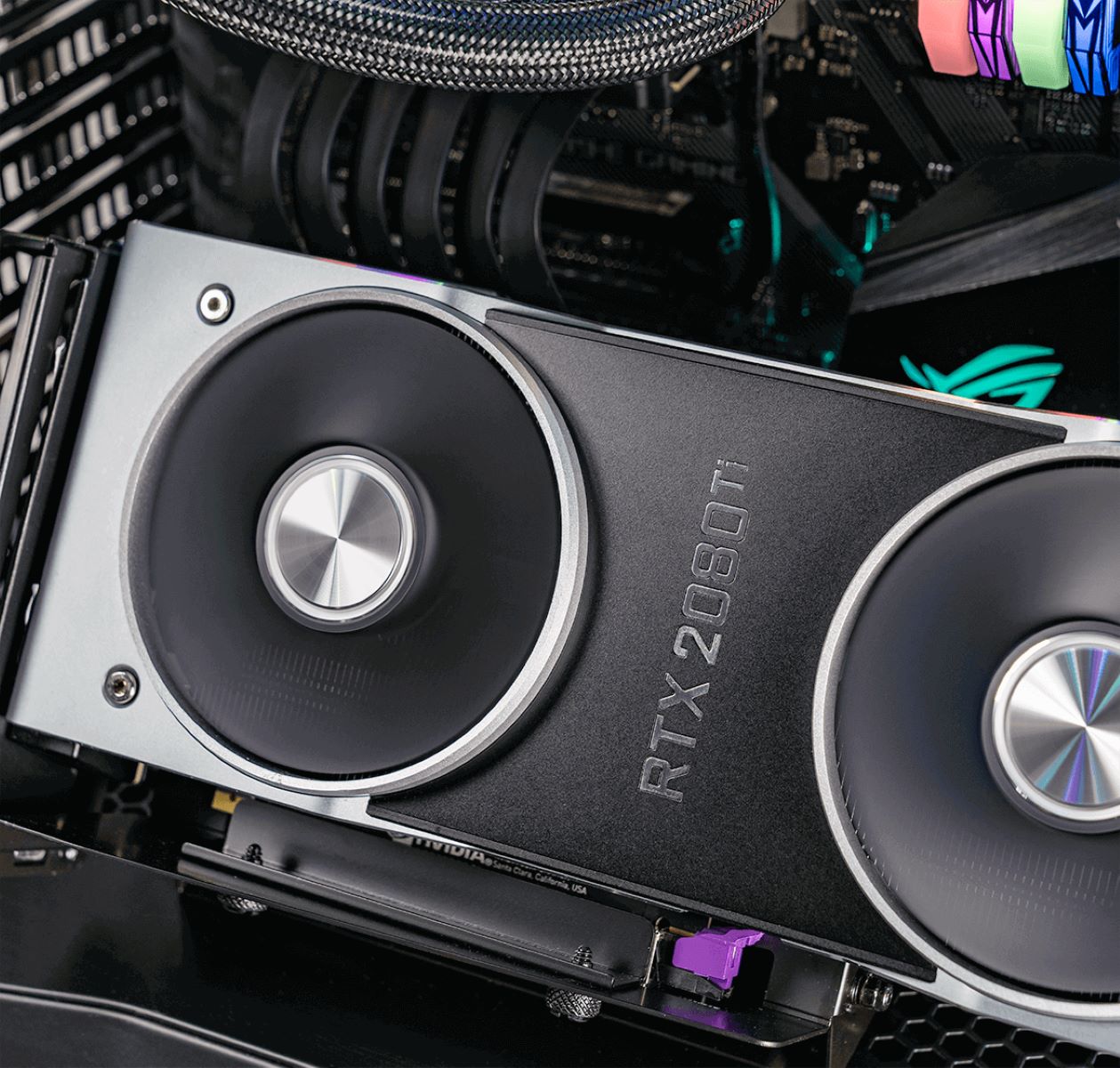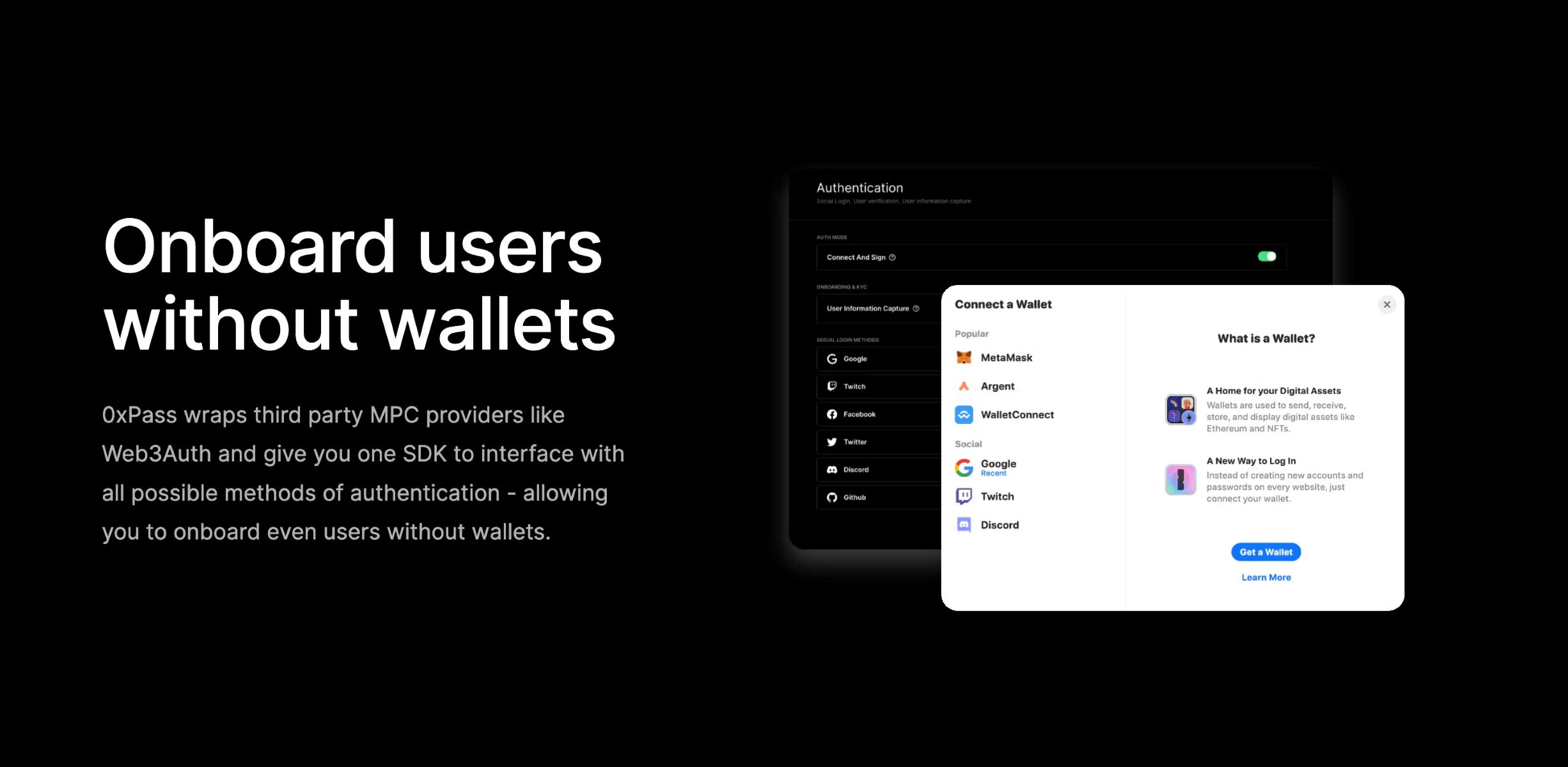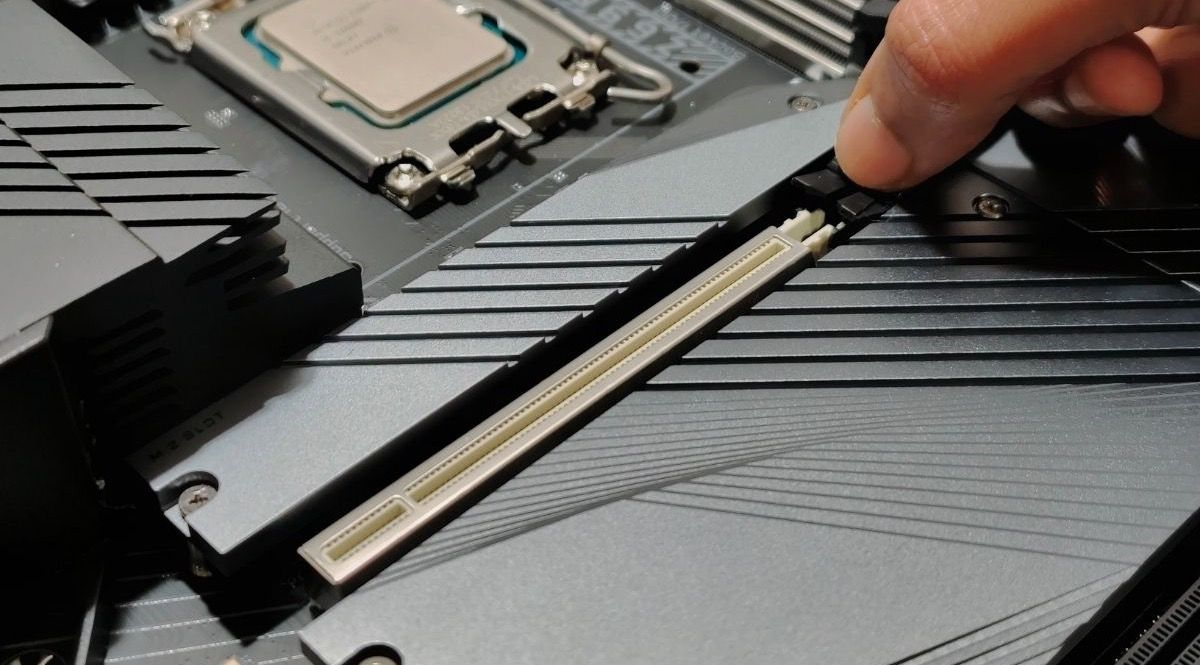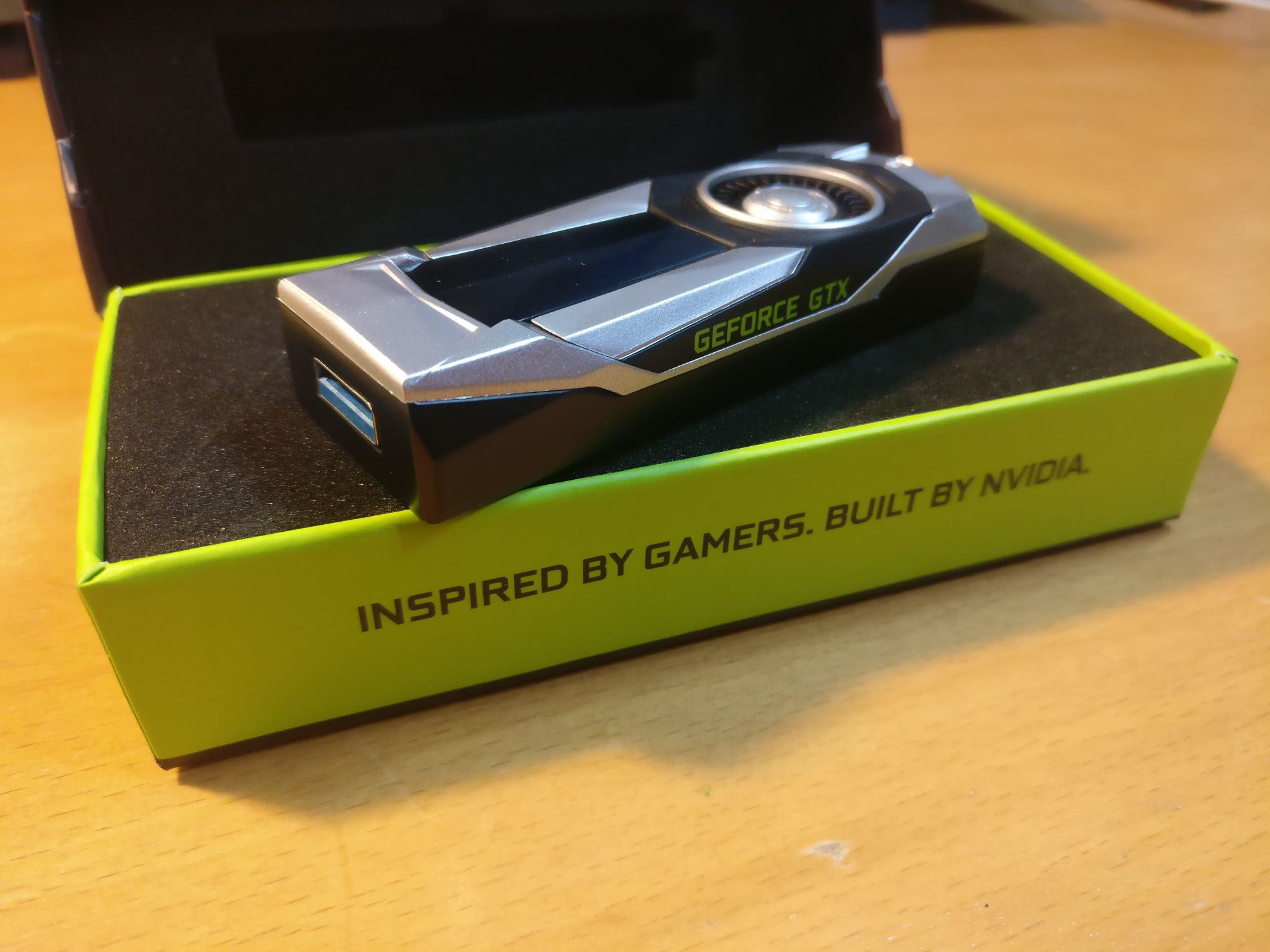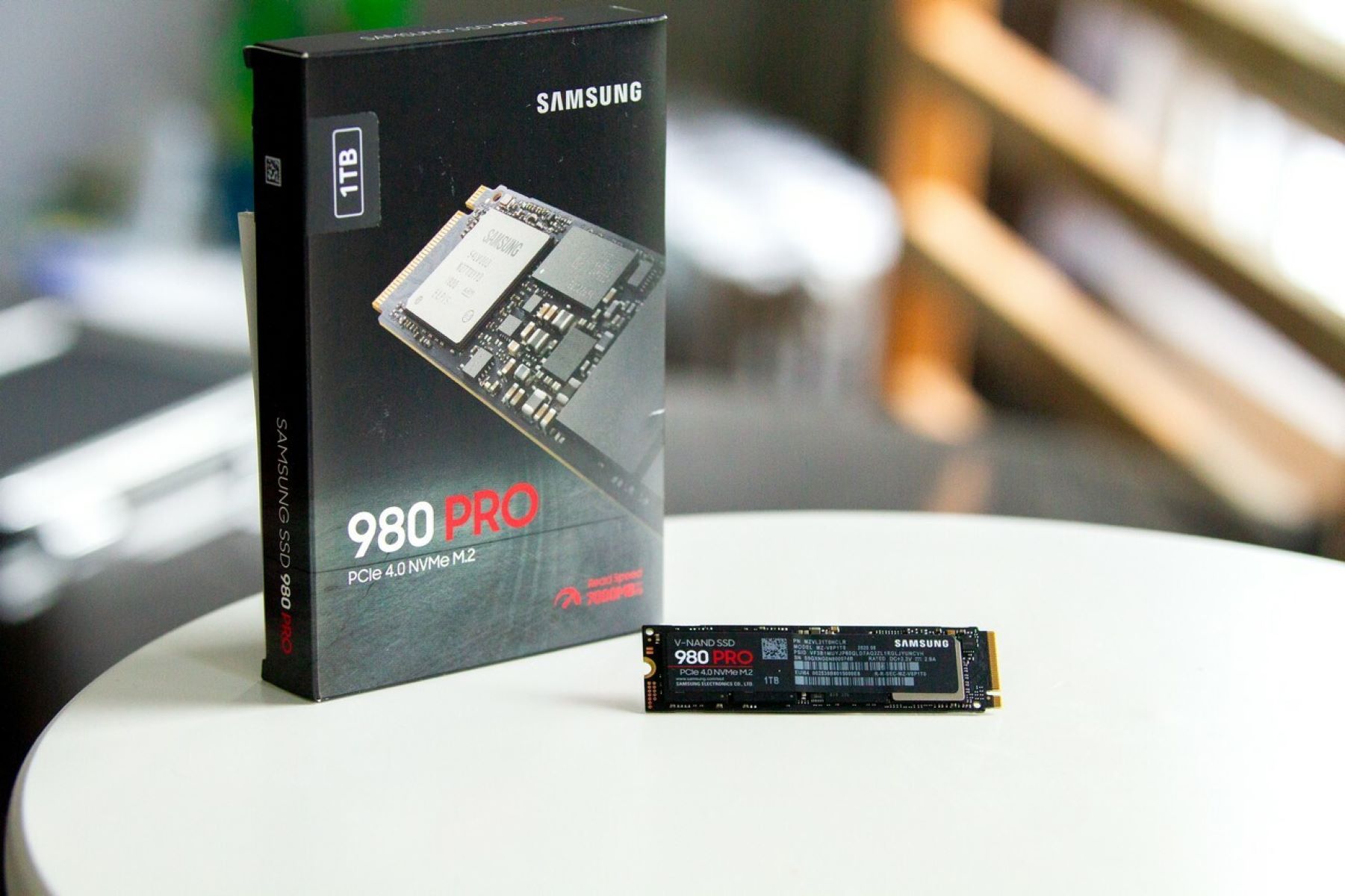Operating system (OS) installations are a tricky thing, especially if you’re upgrading from older versions to new ones. They can come with tons of bugs and issues that weren’t there in previous versions. Worse yet, faulty installations or issues with the process can produce errors such as error code 0x80300024. Have you faced this error while installing a new Windows OS? Here are some of the things you can do to fix the problem.
For more how to fix guides, you can check our article on dev error 5573.
What Is Error 0x80300024?
OS installations and upgrades are usually a pretty smooth process if the only platform you’ve done it on is mobile. However, unlike mobile systems like iOS or Android, desktop operating systems are a little more tricky. That’s because there’s a lot more to consider in terms of hardware compatibility and storage on desktops.
As a result, it’s no surprise if you eventually encounter the error code 0x80300024 on your SSD or hard disk. Windows error 0x80300024 usually comes with this warning: “we couldn’t install Windows in the location you chose. Please check your media drive.” It appears when you try to install or upgrade your Windows 7, 8, or 10 operating systems.
This error often indicates some kind of software or hardware problem regarding your disk drive or partition. However, you won’t exactly know the specific cause right away because Windows doesn’t pinpoint them for you.
As such, the cause could be anything from insufficient space on your disk or corrupted installation media. Worse yet, this could mean that your hard drive is completely corrupted or damaged beyond repair. In that case, you may even need to install a new hard drive.
On the other hand, do note that error code 0x80300024 doesn’t always mean you’ll need to buy a new computer. It usually doesn’t spell the end of your PC. There are quite a few fixes you can try on error 0x80300024 – more on that later.
What Are The Causes Of Error 0x80300024?
Why does the Windows install error 0x80300024 occur? There may be multiple culprits behind the error. However, all of them will be related to your storage or disk drive.
For example, you may have too many connected drives or your USB is in the incorrect port. If you see something that says “we couldn’t install Windows in the location you chose,” then it could be a storage-related issue. You could have problems with your storage partitioning or the location you chose isn’t the boot device.
In addition, you could also have not enough storage space on your disk drive. It could also be corrupted, damaged, or even dying. If you’re using installation media, it could also be related to corruption or damage to the installation device.
Finally, the problem could be either your driver application or hard drive. Thankfully, however, most of these issues are within your power to fix. Regardless of which of them is the primary cause, the fixes we’ll outline in this article should cover them.
How Can You Prevent This Error?
There are many things you can do to prevent error 0x80300024 from appearing. One way is to make sure there are no other unnecessarily connected drives (like external storage) to your PC. That’s because these devices can easily interfere with your connections, causing errors and issues during installation.
In addition, we recommend starting with a formatted destination location before you install Windows. That’s because data interference may be causing error 0x80300024 on Windows 11 (or other Windows versions). This could lead to failure in the operation and could result in an incomplete installation.
Apart from this, we always suggest that users set the Windows installer as the boot device. You can do this within the computer’s BIOS (check #4 on the list of fixes below for detailed instructions). Doing so will eliminate any confusion the installer might have regarding the installation.
Finally, to eliminate the 0x80300024 NVME error code, we recommend making sure your disk drive has enough space. If you can’t format your destination location (because of a lack of external storage solution or otherwise), this is the least you can do. Doing so will ensure that there’s at least enough space for the new OS to squeeze itself into.
How To Fix Error 0x80300024?
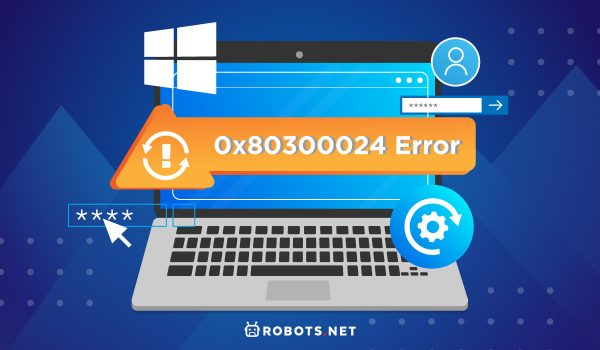

If you’re going to fix error 0x80300024, then you need to do quite a few things to make things work. Any one of these fixes could do the trick but usually, we suggest doing all or a combination of them.
1. Check Accessory Connections
How do I fix the error code 0x80300024? One of the most basic solutions we can offer is to check all your necessary accessories. Make sure they’re connected properly and are in good working condition.
More specifically, we recommend checking the hard disk and installation drive’s connections. That’s because these two are usually responsible for error 0x80300024. Hence, they’re likely the root of the problem.
What do you need to check for? Simply put, make sure that the cables that connect these devices aren’t scratched or damaged. In addition, we suggest double-checking whether the size of the installation location is right. After checking the conditions of each connection, reboot your system and see whether 0x80300024 remains.
2. Unplug Unnecessary Connected Drives
One good 0x80300024 fix is to unplug all your unnecessary connected drives. These include several hard drives or USBs that you might have plugged into your computer before or during installation.
That’s because Windows installations look for ample free storage space during the process. However, these devices could be interfering with the flow and conflicting with other drives, causing error 0x80300024. Do this before attempting to install Windows again.
3. Use Other USB Ports
If you’re installing Windows using a USB stick, we recommend double-checking the USB port it’s connected to. For example, the device might only be compatible with USB 2.0 while it’s plugged into a USB 3.0 port. Switching to an earlier version or lower-powered USB 2.0 port will, therefore, fix the issue.
4. Set Windows Installer As The Boot Device
How do I fix Windows unable to install to the selected location? One way is to configure your destination hard drive as the boot device. Otherwise, Windows could encounter errors during installation and prompt error code 0x80300024. Here’s how to do it.
- Restart your computer
- Hit the BIOS key (Delete, F1, F2, F4, F6, or F10, depending on your PC model) upon the appearance of the first screen
- Navigate to the BIOS setup and look for the boot configuration
- Note: most PCs house this under the boot tab > change boot device
- Move the drive you want as the first on the list of drives
- Hit save and please install the operating system again
If error code 0x80300024 doesn’t appear during installation, then you know that this has fixed the problem. You should be able to go on with the process afterward.
5. Delete Partition On Installation Location
For hard drives that house data that might interfere with the process, we recommend deleting the partition on your destination location. Of course, we recommend backing up your hard drive’s contents to the cloud or an external device beforehand. Afterward, you can delete the partitions through these two processes:
Within The Installation Program
- Pick the partitions on the destination hard drive where error code 0x80300024 appeared
- Choose “Delete”
- Make a new partition
Within Windows PE Mode
If you can’t generate new partitions after deleting the past partitions, we recommend using the AOMEI Partition Assistant Standard. This software lets you manage your hard drive by deleting all the partitions and creating new ones automatically. Just follow the instructions below to begin:
- On another computer running Windows 7, 8, or 10:
- Plug in an empty USB or CD
- Download and install the AOMEI Partition software
- Select “Make bootable media” within AOMEI
- Click on “USB Boot Device” or “Burn to CD/DVD,” depending on what you’ve inserted
- Hit “Proceed”
- Click “Yes”
- After the process finishes, connect it to the PC with error 0x80300024
- Enter the BIOS by hitting the BIOS key and set it as the boot device (refer to fix #4)
- Note: the AOMEI assistant should pop up once more
- Right-click the install location drive
- Choose “Delete All Partitions”
- Tick the selection that says “Delete all partitions” (unless it is an SSD)
- Click “OK”
- Right-click on the unallocated drive and select “Create Partition”
- Edit the new partition and hit “OK”
- Click on “Apply”
- Unplug your USB/CD
Afterward, try installing Windows on your PC once more. It should have fixed error 0x80300024.
6. Format Your Installation Device
Can not install Windows 10 GPT? No worries. If the other fixes haven’t worked then we recommend formatting the destination location. That’s because already existing data within your destination partition may be interfering with the installation.
As we’ve previously stated, we urge you to back up all your data before formatting your hard drive. This will keep all your important files safe and easily accessible through the cloud or an external device. Once you finish doing this, you can proceed with the following process:
- Connect the bootable Windows installation device (USB or CD) to your computer
- Reboot your PC
- Enter the BIOS by pressing the BIOS key
- Configure the bootable Windows installation USB/CD as the first boot option (refer to fix #4 for the full steps)
- Choose your preferred language, keyboard layout, and other settings
- Select “Custom (advanced)” on the notification
- Choose “Drive options (advanced)” in the Windows Setup screen
- Select the new operating system’s destination partition within the hard disk
- Click on “Format”
- Select “Confirm”
- Hit “Next” to continue the installation
7. Use DiskPart
Sometimes, error code 0x80300024 might appear because the partition tables are corrupted. In such cases, we recommend trying to clean the partition tables using DiskPart. You can do this through the following steps:
- Note down the name of the “System” partition
- Hit the Shift + F10 keys simultaneously
- Type in “Diskpart” in the command prompt
- Afterward, type in “List disk” to show a list of all partitions
- Type in “Select Disk <partition number>” based on the list it previously showed you
- Then type in “Clean” and hit the enter key
Afterward, try to reinstall the new Windows OS and see if error code 0x80300024 still exists. If so, then proceed to the next fix.
8. Get More Disk Space Through Cleaning And Deleting
How do I fix a Windows 10 installation error? One great way to get rid of error 0x80300024 is by getting enough disk space. That’s because one of the biggest reasons why this error appears is there’s not enough space for the new OS.
You can do this by erasing or deleting all your unnecessary files within your hard drive. For example, your downloads folder is usually one of the biggest culprits that house unnecessary files. We suggest backing up the data you need from it and then deleting the entire folder.
You can also use a special space analyzer software that analyzes the files/folders that are taking too much space. One tool we can recommend is the MiniTool Partition Wizard. Software like these should also be able to wipe your disk, check your file systems, and migrate your OS.
9. Get More Disk Space By Moving, Resizing, Or Extending Your Partition
You can also obtain more disk space by modifying your partition’s size. However, you’ll need to install MiniTool Partition Wizard or similar software for this to work. Without further delay, here’s how you can move/resize a partition:
- Right-click on your target partition
- Choose “Move/Resize” from the contextual menu
- Move the button to the left or right on the pop-up screen
- Note: make sure there’s enough space in front of or behind the partition before you do this
- Click “OK” and choose “Apply”
You can also extend the partition instead of moving it using the same tool. This will allow the partition to take up space from any of the other partitions with free space. The instructions for this are as follows:
- Right-click on your target partition
- Choose “Extend Partition” in the contextual menu
- Select the partition with enough free space and allocate the amount you want to take in the pop-up screen
- Choose “OK” and click “Apply”
10. Install New Hard Drive
If all other methods fail then we recommend changing or installing a new hard drive. That’s because the error likely lies within the hard drive’s hardware itself. It could be faulty, damaged, or corrupted, causing error 0x80300024.
If this is the case, then installing a new hard disk will be the only solution. This is because a faulty hard drive will never allow you to install a new Windows OS smoothly. Thankfully, you can do this quite easily if you’re using a desktop computer. All you require is the right components and knowledge of your hardware’s compatibility.
On the other hand, laptop users might have more trouble with this solution because laptops aren’t always modular. Moreover, most modern laptops don’t have detachable parts so it can be more difficult without professional help. Replacing the hard disk on a laptop can also be quite expensive. As a result, you might want to consider buying a new laptop altogether if the repair cost is too high.
How To Backup Your Hard Drive?
Backing up your hard drive is required knowledge if you want to format your hard disk for the fixes we’ve listed. Thankfully, doing so isn’t too difficult if you know what to do and where to look. Here’s how you can do it using an external hard drive.
- Plug your external drive to your PC via USB cable
- Hit the Windows icon on the lower-left
- Type in “Control Panel” on the search bar and press the program that pops up
- Navigate to “System and Security”
- Choose “Save Backup Copies of Your Files with File History”
- Select “System Image Backup” and then create a system image
- Choose the hard drive you plugged in on the dropdown
- Click “Next”
- Wait for your PC to backup all your files
Note that the backup process could take numerous hours to finish. Hence, you might have to leave your PC running overnight before it can finish backing up everything. While you can use your device during this process, we generally don’t recommend it. That’s because doing so might extend the time it takes to backup files and using your computer might cause interference.
Benefits Of Repairing Error 0x80300024
If you manage to fix error 0x80300024 in Microsoft, then installing or upgrading Windows shouldn’t be too hard. There should be nothing hindering the process anymore unless you encounter some other error code. However, if you do, then at least you’re sure that the error isn’t related to storage or disk issues.
In addition, if you’ve tried all the fixes and prevention methods we listed, then at the very least you know that there’s enough disk space allocated for your new OS. You can also rest assured that there’s no problem with your hard drive, old as your PC may be.
Fix Error 0x80300024 Without Breaking A Sweat
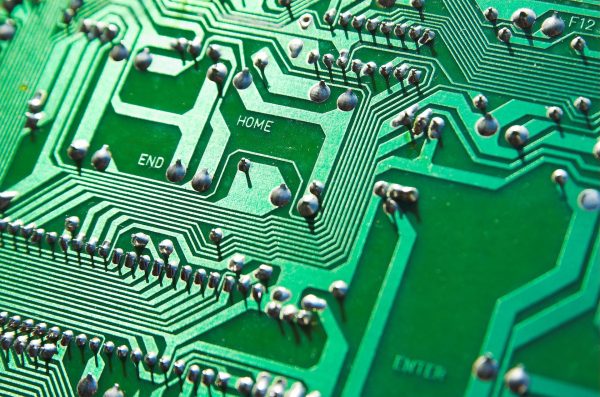

Encountering error code 0x80300024 is always frustrating especially when you’re excited about getting a new OS upgrade. Thankfully, seeing this prompt isn’t the end of the world for most people. All it could take is a little formatting, partition modifications, or tweaking in the BIOS to do the trick. However, we do acknowledge that sometimes, the fixes can get a little troublesome (i.e. the one that requires you to install a new hard disk). Hopefully, you won’t need to go that far and the milder fixes do the trick.







